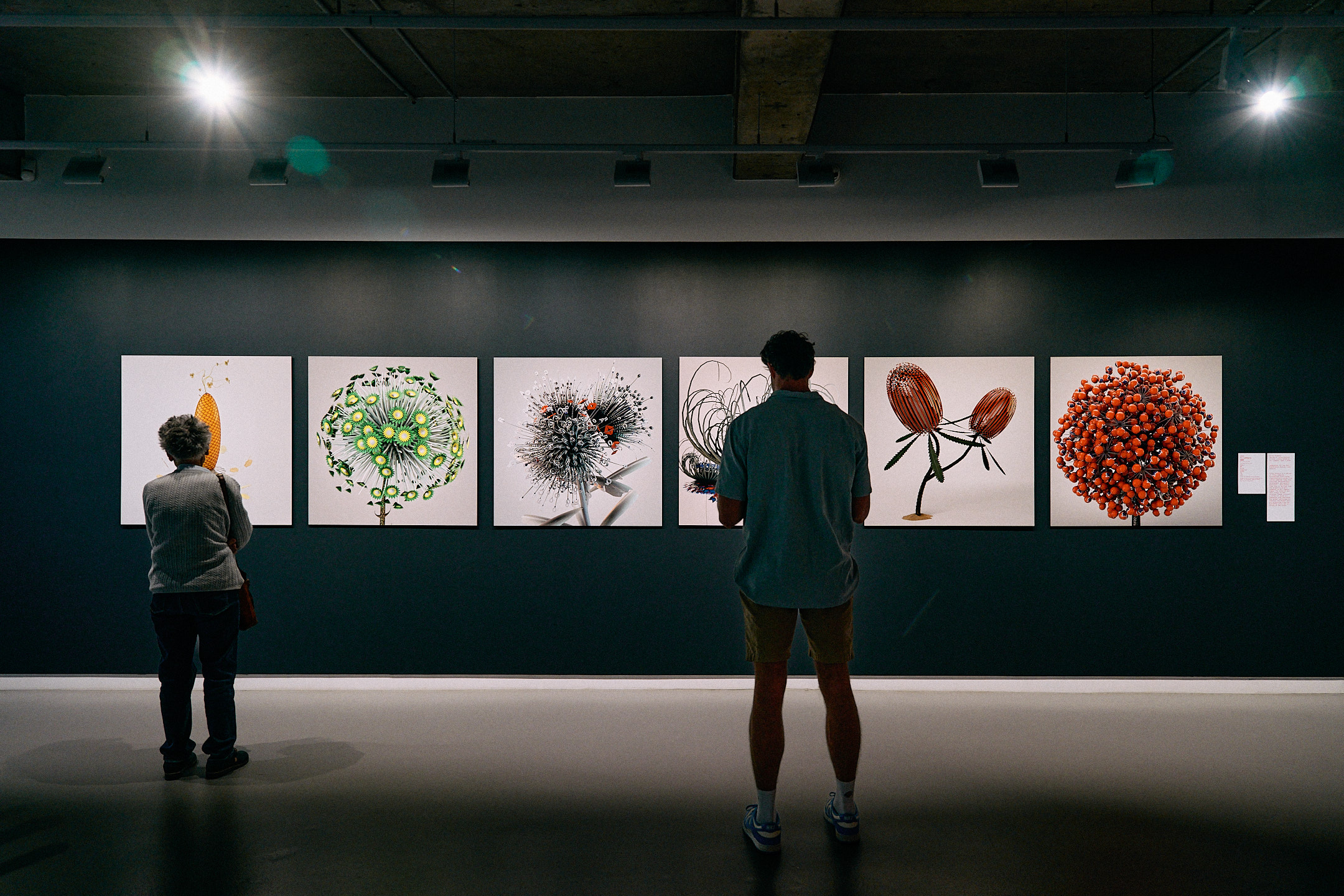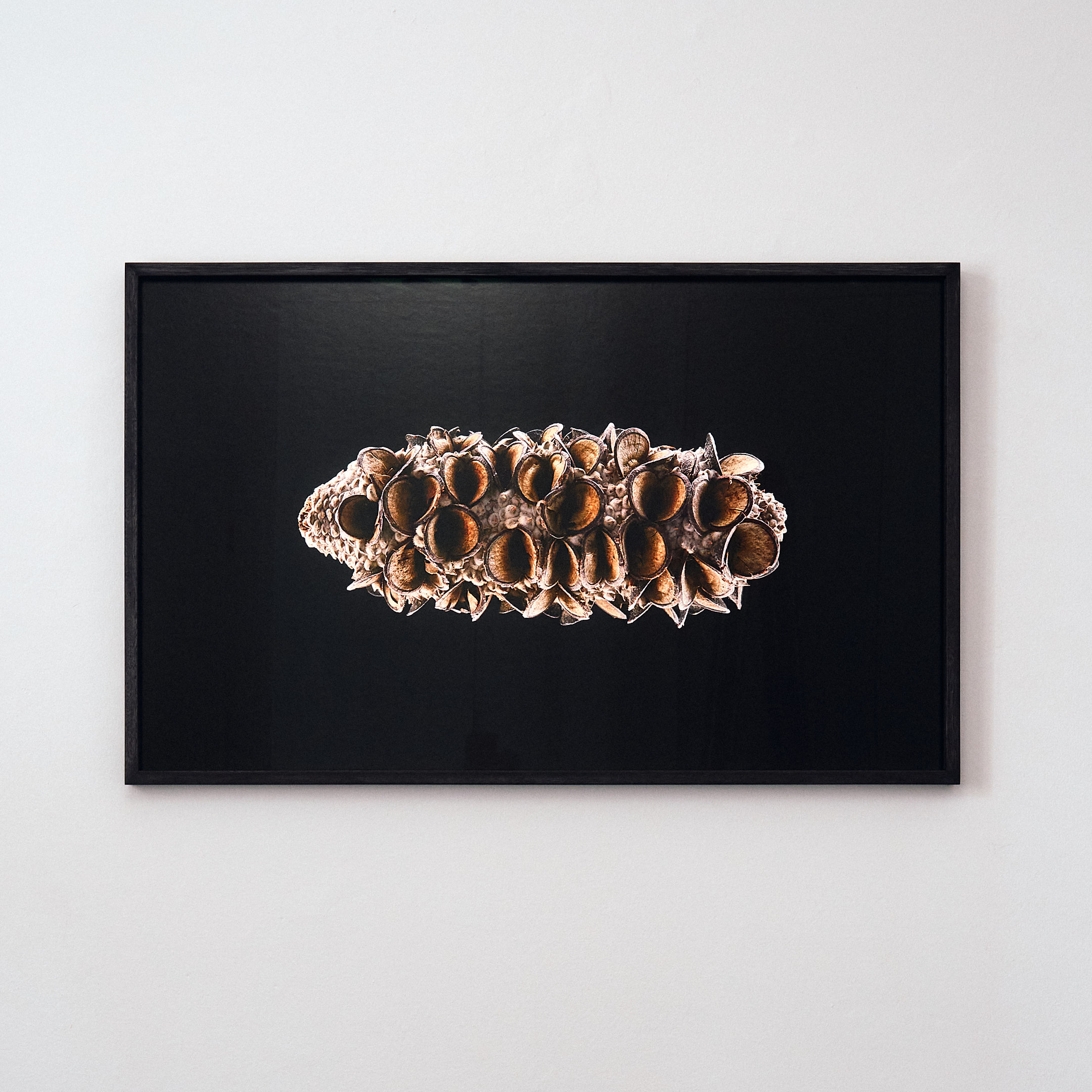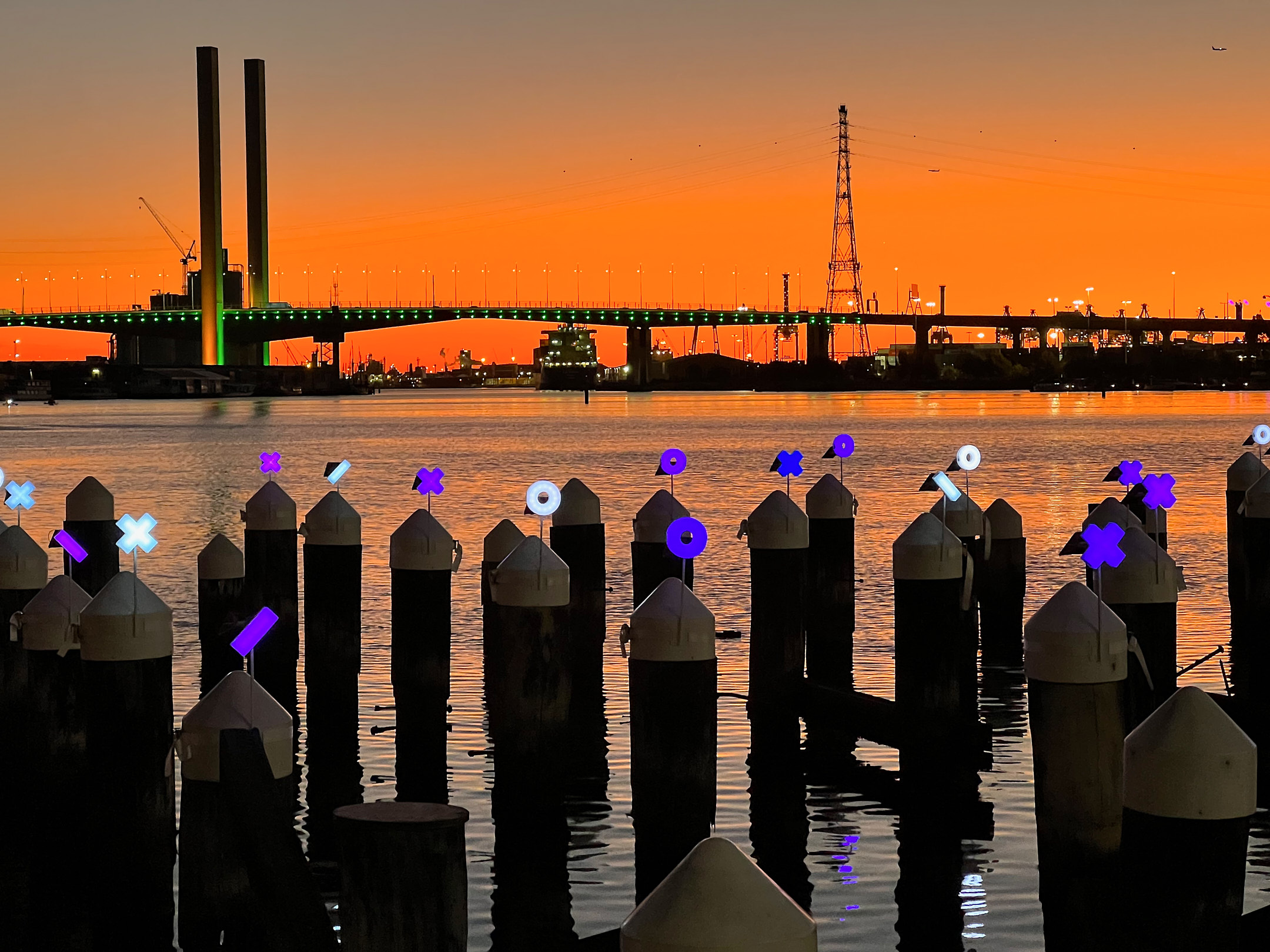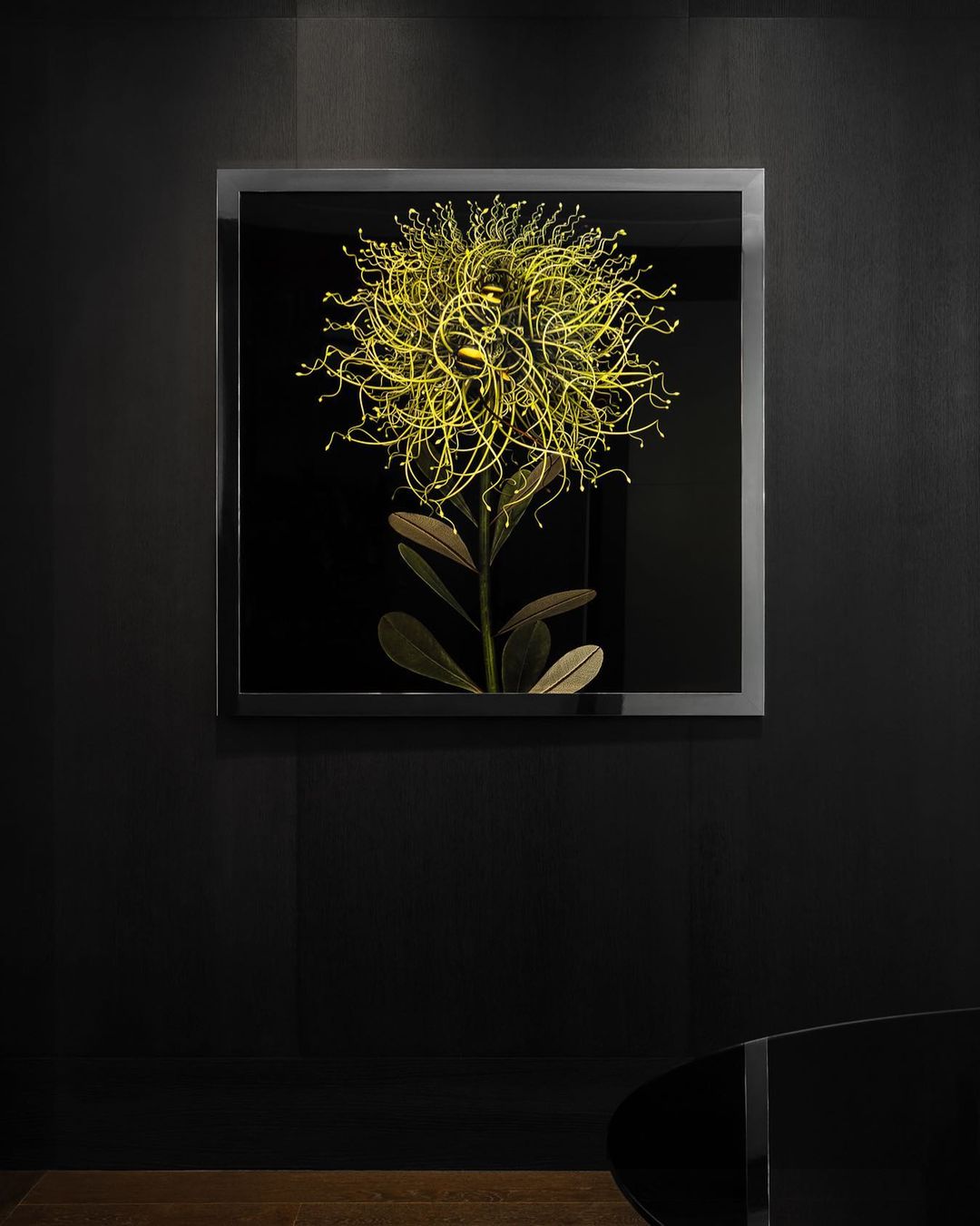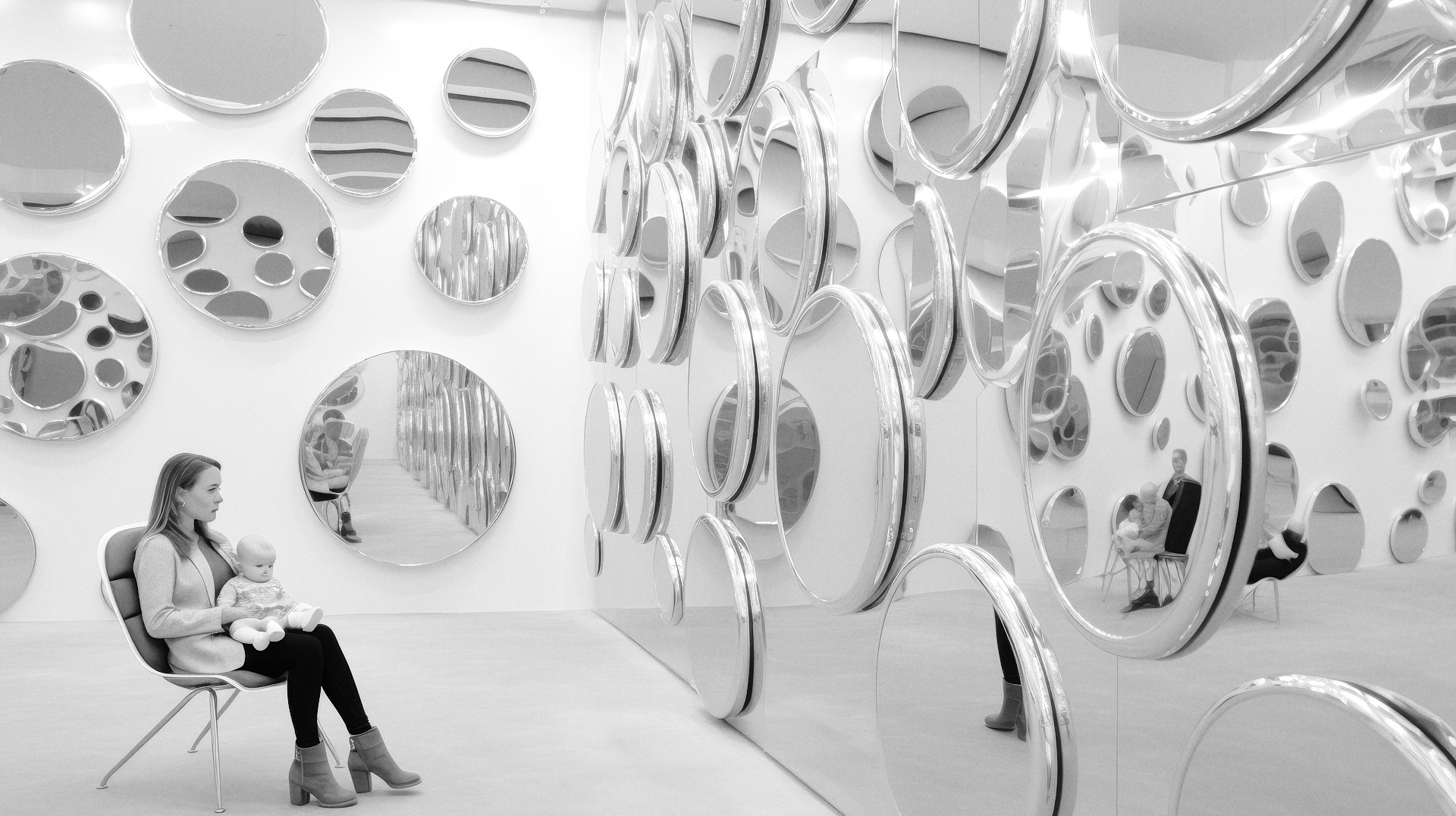A selection of six works from the Fifty Sisters series is currently showing as part of Synchron City. The exhibition leads visitors on a strange and immersive journey through contemporary art where artworks disrupt …
December, 2024. A recent commission, this image is a focus stacked composite of a Banksia integrifolia found on a walk at Cape Conran National Park, Victoria, 2022. Private collection. Print by Colour Factory, framing …
In this post on Medium, the Lumen Prize describes some of the conceptual and political background to my work, Fifty Sisters. The work's title references the original "Seven Sisters" big oil cartels, more recently …
A work from the Morphogenesis Series is now in Sydney's new Capella Hotel. Morphogenesis #10 was commissioned as part of the hotel's art collection, curated by The Artling. For this work the 1.3m x …
Exploring prompt-based generative AI Like thousands of others, over the last few weeks I've been exploring the possibilities of prompt-based generative AI systems as a creative medium. The main tools I've been working with …
© 2025
Jon McCormack
